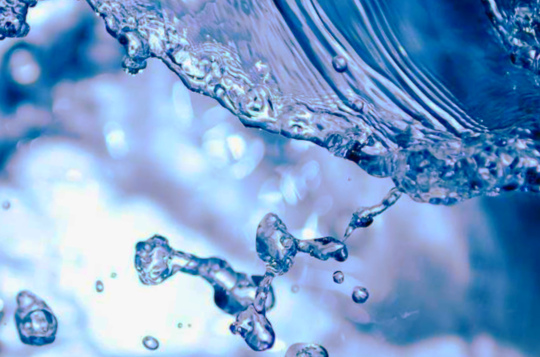October 14, 2022
New Phases of Water at the Nanoscale
Vacuum deposition or vacuum evaporation involves depositing layers of material atom by atom or molecule by molecule onto a solid surface. Evidently this process takes place at the nanoscale and perhaps this is why new discoveries of behaviors of materials or liquids at the nanoscale are proposed to have intriguing implications for vacuum deposition. This in fact may be the case with a recent discovery that suggest there are new phases of water previously unheard of at the nanoscale. A group of researchers from the University of Cambridge recently discovered that a one molecule thick layer of water acts as neither a liquid nor a solid and that it can become highly conductive at high pressures. The new phases of water discovered include the hexatic phase and the superionic phase. These new phases could be a huge leap forward in understanding the behaviors of water at the nanoscale and they suggest that nonconfinement could be a new approach to finding the superionic behavior of other materials. Aside from vacuum layer deposition and its many processes and forms this new discovery could have major implications in various other fields read more about it here.
October 31, 2022
Creating Stable Perovskite Solar Cells Using Vacuum Deposition
Creating Stable Perovskite Solar Cells Using Vacuum Deposition
Solar cells are devices that convert light into electricity via a physical and chemical process known as the photovoltaic effect. Perovskite solar cells (PSCs) are solar cells made with Halide perovskites a family of materials known for their high performance and low production costs in solar cells. Though PSCs boast interesting characteristics it is well known that they are somewhat unstable and unreliable. They are known to degrade rather quickly when exposed extendedly to moisture, light, heat, or applied voltage. This makes them unfeasible for widespread commercialization. However, researchers from the Department of Materials Science and Engineering at UNIST have recently fabricated what they consider to be highly efficient and stable perovskite solar cells. The research team manufactured these PSCs using a Vacuum deposition apparatus which is a similar procedure that is already used to make organic light-emitting display devices (OLEDs). Apparently, vacuum deposition is also advantageous for the mass production of solar cells which the research team believes will accelerate their commercialization. Learn more here.


